Home>Technology>Security & Surveillance>When Was The Door Lock Invented
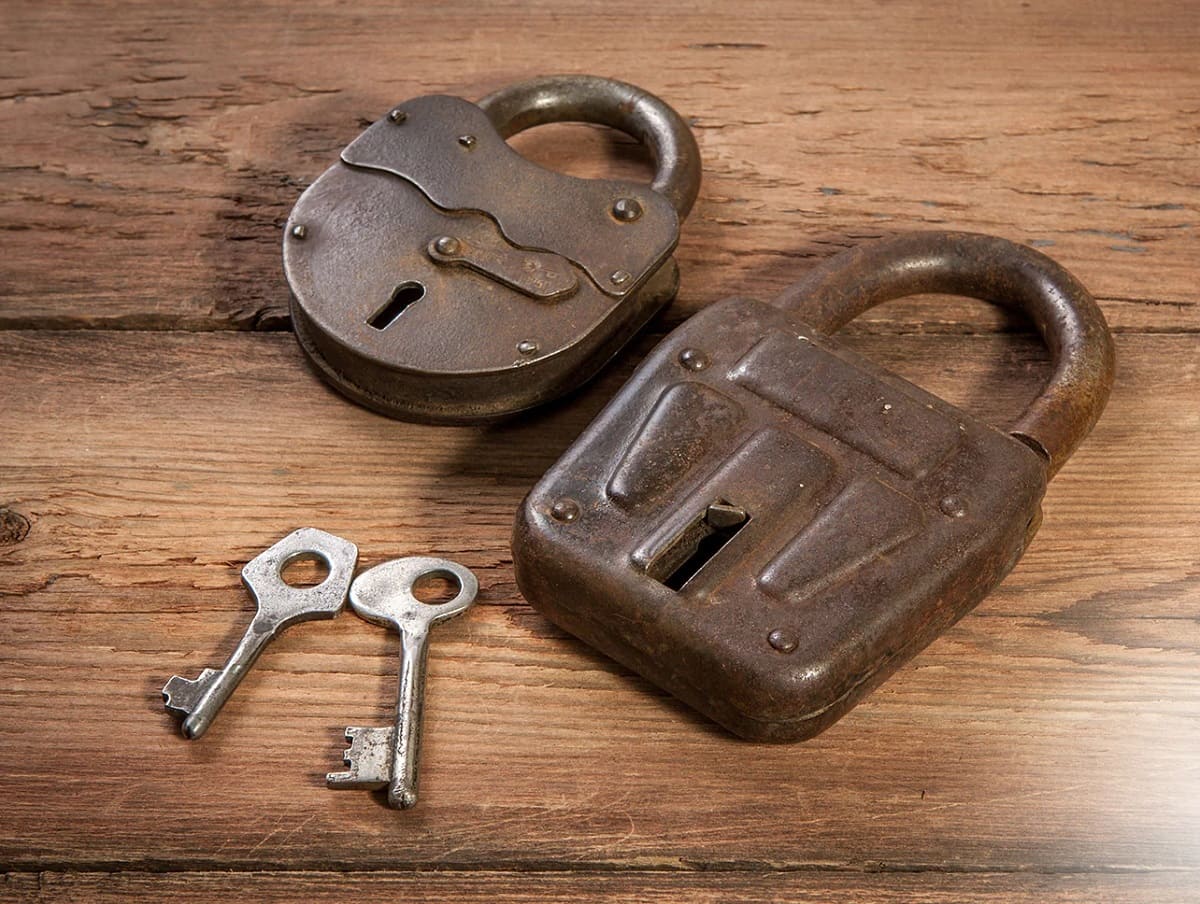

Security & Surveillance
When Was The Door Lock Invented
Modified: August 22, 2024
Learn about the history of door locks and their invention, and how they have evolved to enhance security and surveillance over the years. Discover the origins of modern security technology.
(Many of the links in this article redirect to a specific reviewed product. Your purchase of these products through affiliate links helps to generate commission for Storables.com, at no extra cost. Learn more)
**
Introduction
**
Welcome to the fascinating world of door locks, where the evolution of security meets the ingenuity of human innovation. Throughout history, the need to safeguard possessions and protect spaces has been a fundamental concern for civilizations. From ancient mechanisms to modern electronic systems, the development of door locks has been an intriguing journey that intertwines craftsmanship, engineering, and security.
As we delve into the origins and progression of door locks, we will uncover the remarkable advancements that have shaped the way we secure our homes, businesses, and belongings. By exploring the early locking mechanisms, ancient locks, medieval innovations, and the impact of the Industrial Revolution, we will gain a deeper understanding of the intricate tapestry that led to the invention of the modern door lock.
Join us on this enlightening exploration as we unravel the history of door locks, tracing the path from rudimentary wooden devices to the sophisticated, high-tech security solutions of today. Let's embark on a captivating journey through time, unveiling the pivotal moments and ingenious inventions that have safeguarded human spaces for centuries.
**
Key Takeaways:
- The history of door locks spans ancient civilizations, showcasing human creativity and innovation in safeguarding possessions and spaces.
- The Industrial Revolution democratized access to reliable locks, paving the way for modern security technology and the convergence of advanced materials and cutting-edge engineering.
Read more: When Was The Bathtub Invented
Early Locking Mechanisms
**
Before the advent of sophisticated locking systems, ancient civilizations devised rudimentary methods to secure their dwellings and valuables. The earliest forms of locks can be traced back to ancient Egypt and Mesopotamia, where wooden devices were used to safeguard treasured possessions. These early locking mechanisms, dating back to around 4,000 years ago, were simple yet innovative for their time.
One notable early locking mechanism is the wooden pin lock, believed to have originated in ancient Egypt. This primitive yet effective device consisted of a wooden bolt that was affixed to a door and secured by pins of varying lengths. To unlock the door, the correct key – a wooden or metal rod with protrusions matching the pins – was inserted and lifted, aligning the pins to allow the bolt to be moved. This ingenious system laid the foundation for future lock designs and mechanisms.
In ancient Mesopotamia, a similar concept emerged in the form of wooden bolt locks. These early locks utilized wooden bolts that were slid horizontally into a secure position, often reinforced with additional wooden bars for enhanced protection. The keys for these locks were typically large, intricately carved wooden objects that fit into corresponding openings on the bolt, allowing it to be manipulated to unlock the door.
These early locking mechanisms, while basic by today’s standards, represented a significant leap in ancient security practices. They demonstrated the human capacity for innovation and problem-solving, setting the stage for the evolution of more sophisticated locking systems as civilizations progressed.
**
Ancient Locks
**
As civilizations continued to evolve, so did the sophistication of their locking mechanisms. In ancient Greece, the development of locks took a significant leap forward with the introduction of metal as a primary material for crafting secure devices. The Greeks are credited with creating some of the earliest metal locks, marking a pivotal advancement in the history of lock engineering.
One of the most notable ancient Greek locks is the warded lock, a design that utilized internal obstructions, or wards, to prevent unauthorized access. These locks featured intricate key designs with corresponding notches that could bypass the wards, allowing the key to rotate and disengage the locking mechanism. The warded lock represented a substantial improvement in security and became a precursor to more complex lock designs in the centuries that followed.
Meanwhile, in ancient Rome, locksmithing and security measures continued to progress, leading to the development of innovative lock designs. The Romans introduced the concept of spring-loaded mechanisms, a significant departure from the ward-based systems of earlier civilizations. Spring-loaded locks utilized internal springs to hold components in place, requiring the correct key to release the tension and unlock the device. This advancement in lock technology laid the groundwork for future innovations in mechanical security systems.
As ancient societies expanded and trade routes flourished, the exchange of knowledge and ideas catalyzed further advancements in lock craftsmanship. The spread of lock-making techniques across continents contributed to the diversification of locking mechanisms, with unique variations emerging in different regions.
These ancient locks, characterized by their intricate designs and functional complexity, reflected the ingenuity and craftsmanship of their creators. They exemplified the ongoing pursuit of enhanced security and the enduring human quest to protect valuable assets and spaces.
**
Medieval Locks
**
The medieval period ushered in a new era of innovation and refinement in lock design, marking a significant leap forward in the evolution of security technology. During this time, skilled locksmiths and artisans across Europe dedicated themselves to creating intricate and robust locking mechanisms that would withstand the challenges of the era.
One of the most iconic lock designs to emerge during the medieval period was the iconic “ward lock.” This type of lock featured internal obstructions known as wards, which required a precisely crafted key to navigate the intricate maze of barriers and disengage the locking mechanism. The ward lock became synonymous with medieval security, adorning the doors of castles, keeps, and fortified structures throughout Europe.
Another notable development in medieval locksmithing was the proliferation of padlocks. These portable, versatile locks were widely used to secure chests, gates, and valuable containers. Crafted from durable metals and featuring robust locking mechanisms, medieval padlocks represented a crucial advancement in portable security, offering a means to safeguard possessions during travel and trade.
During the medieval period, the role of locksmiths and metalworkers became increasingly vital, as the demand for secure locks surged in tandem with the growth of trade and commerce. The intricate craftsmanship and attention to detail exhibited in medieval locks underscored the dedication of artisans to their craft, as well as the importance placed on protecting property and assets in a dynamic and often perilous world.
Medieval locks not only served a practical function but also became symbols of status and authority. Elaborately adorned locks, often embellished with ornate engravings and decorative elements, conveyed a sense of prestige and reinforced the significance of security in the medieval mindset.
As the medieval era unfolded, the evolution of locks mirrored the societal changes and technological advancements of the time, leaving an indelible mark on the history of security and surveillance.
**
The first door locks were invented by ancient Egyptians and Mesopotamians around 4000 years ago. They used wooden pins and bolts to secure doors.
The Industrial Revolution and Modern Locks
**
The Industrial Revolution heralded a transformative period in the history of lock manufacturing, bringing about significant advancements in production techniques, materials, and design. As industrialization swept across nations, the art and science of locksmithing underwent a profound evolution, leading to the widespread availability of durable, precision-engineered locks.
During the 18th and 19th centuries, the proliferation of factories and mechanized processes revolutionized the production of locks. Innovations in metalworking, including the mass production of steel components and the refinement of casting and forging methods, enabled locksmiths to craft robust and intricate locking mechanisms on a scale previously unimaginable.
The Industrial Revolution also saw the emergence of key innovations such as lever tumbler locks and the development of interchangeable core systems. Lever tumbler locks, featuring a set of levers that must be lifted to precise heights by the key to align the internal components and release the lock, represented a significant leap in security and became a staple of modern lock design.
Additionally, the concept of interchangeable cores revolutionized lock maintenance and key management, allowing for the seamless replacement of lock cores without the need for extensive disassembly. This innovation laid the groundwork for scalable and adaptable security solutions, catering to the evolving needs of businesses and institutions.
The integration of precision engineering and standardized manufacturing processes during the Industrial Revolution contributed to the democratization of secure locking systems. As reliable locks became more accessible, the protection of property and assets became attainable for a broader segment of society, fostering a sense of security and stability in rapidly urbanizing environments.
Moreover, the Industrial Revolution spurred the refinement of lock designs tailored for specific applications, such as safes, vaults, and specialized security enclosures. These purpose-built locking mechanisms, engineered to withstand determined intrusion attempts, played a crucial role in safeguarding valuables and sensitive information during a period of unprecedented economic and industrial growth.
As the world transitioned into the modern age, the legacy of the Industrial Revolution reverberated in the realm of security, laying the groundwork for the innovative and technologically advanced locks that define contemporary security landscapes.
**
Read more: What Is Wireless Lock When Door Opened
The Invention of the Modern Door Lock
**
The evolution of door locks culminated in the invention of the modern door lock, a testament to centuries of innovation, craftsmanship, and technological progress. The convergence of engineering prowess, material science, and security expertise gave rise to a new era of locking mechanisms that redefined the standards of protection and convenience.
One of the pivotal milestones in the development of modern door locks was the advent of the pin tumbler lock, a groundbreaking innovation that revolutionized security systems. Patented by the American inventor Linus Yale Sr. in 1848, the pin tumbler lock introduced a mechanism featuring a set of pins of varying lengths that must be precisely aligned by a specially designed key to permit the rotation of the lock cylinder. This ingenious design offered enhanced resistance to picking and manipulation, setting a new benchmark for security.
Building upon the foundation laid by the pin tumbler lock, the 20th century witnessed remarkable advancements in lock technology, including the introduction of cylinder locks, mortise locks, and electronic locking systems. Cylinder locks, characterized by their cylindrical shape and versatile applications, became ubiquitous in residential and commercial settings, offering robust security and user-friendly operation.
Meanwhile, mortise locks, renowned for their durability and reliability, gained prominence in architectural and high-security contexts, providing formidable protection for doors and entryways. The intricate internal mechanisms of mortise locks, combined with their solid construction, established them as stalwarts of modern security infrastructure.
The advent of electronic locking systems represented a paradigm shift in the realm of door security, integrating cutting-edge technology with advanced access control and monitoring capabilities. Electronic locks, encompassing keypads, biometric scanners, and wireless connectivity, offered unparalleled convenience and customization, empowering users to tailor security solutions to their specific needs.
Furthermore, the fusion of electronic access control with traditional mechanical locking mechanisms gave rise to hybrid systems that combined the strengths of both technologies, providing comprehensive security solutions for a diverse array of environments.
The invention of the modern door lock stands as a testament to human ingenuity and the relentless pursuit of safety and protection. From the pioneering concepts of ancient civilizations to the sophisticated, interconnected security ecosystems of today, the evolution of door locks reflects the enduring commitment to safeguarding lives, property, and privacy in an ever-changing world.
**
Conclusion
**
The history of door locks is a captivating narrative that intertwines human creativity, technological innovation, and the timeless pursuit of security. From the rudimentary yet ingenious mechanisms of ancient civilizations to the sophisticated, interconnected systems of the modern era, the evolution of door locks mirrors the progression of human society and the enduring quest to protect what matters most.
Throughout the ages, locksmiths, artisans, and inventors have dedicated themselves to refining and perfecting locking mechanisms, resulting in a diverse tapestry of designs and technologies that have shaped the way we secure our homes, businesses, and valuables.
The early locking mechanisms of ancient Egypt and Mesopotamia laid the groundwork for subsequent innovations, demonstrating the innate human drive to devise solutions to safeguard possessions and spaces. The ancient locks of Greece and Rome showcased the mastery of metalworking and the emergence of sophisticated security systems that set the stage for future advancements.
The medieval period ushered in an era of intricate craftsmanship and symbolic significance, as locks became not only instruments of security but also expressions of status and authority. The Industrial Revolution propelled the mass production of reliable locks, democratizing access to security and fortifying the foundations of modern locking technology.
The invention of the modern door lock, epitomized by the pin tumbler lock and its successors, represents a culmination of centuries of expertise and innovation. From cylinder locks to electronic access control, the modern era has witnessed an unprecedented convergence of advanced materials, precision engineering, and cutting-edge technology, redefining the standards of security and convenience.
As we reflect on the journey of door locks through the annals of history, we gain a profound appreciation for the resilience of human ingenuity and the unwavering commitment to safeguarding lives and property. The evolution of door locks is a testament to the enduring human pursuit of safety and the remarkable capacity to adapt and innovate in the face of evolving challenges.
So, the next time you turn the key or input a code to secure your door, take a moment to consider the remarkable legacy that has culminated in the modern locking mechanisms we rely on today – a legacy that continues to evolve, driven by the timeless imperative to protect and preserve.
Frequently Asked Questions about When Was The Door Lock Invented
Was this page helpful?
At Storables.com, we guarantee accurate and reliable information. Our content, validated by Expert Board Contributors, is crafted following stringent Editorial Policies. We're committed to providing you with well-researched, expert-backed insights for all your informational needs.
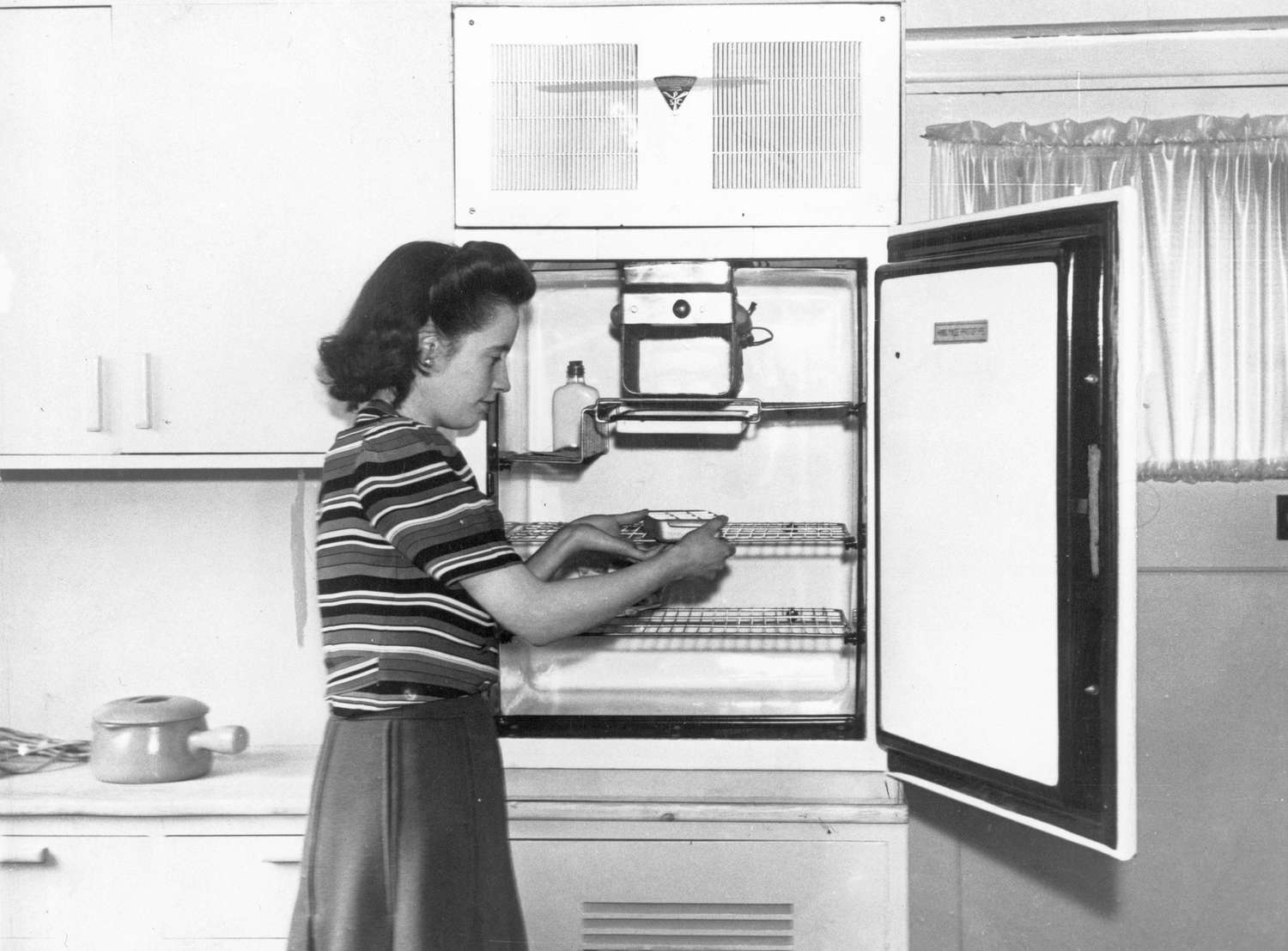


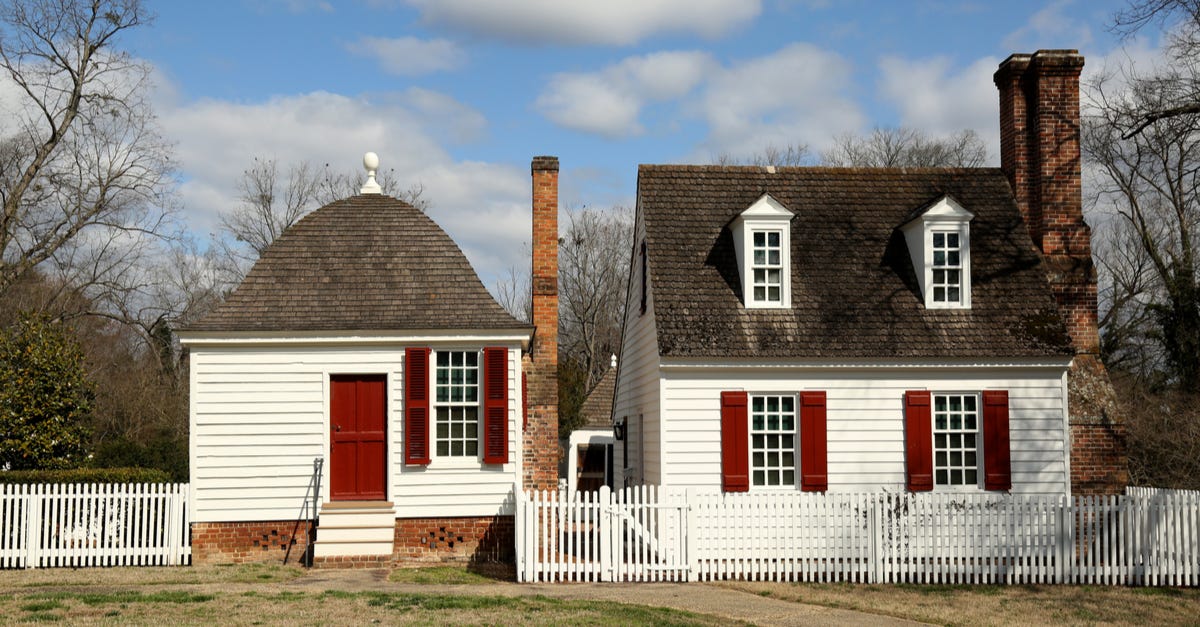


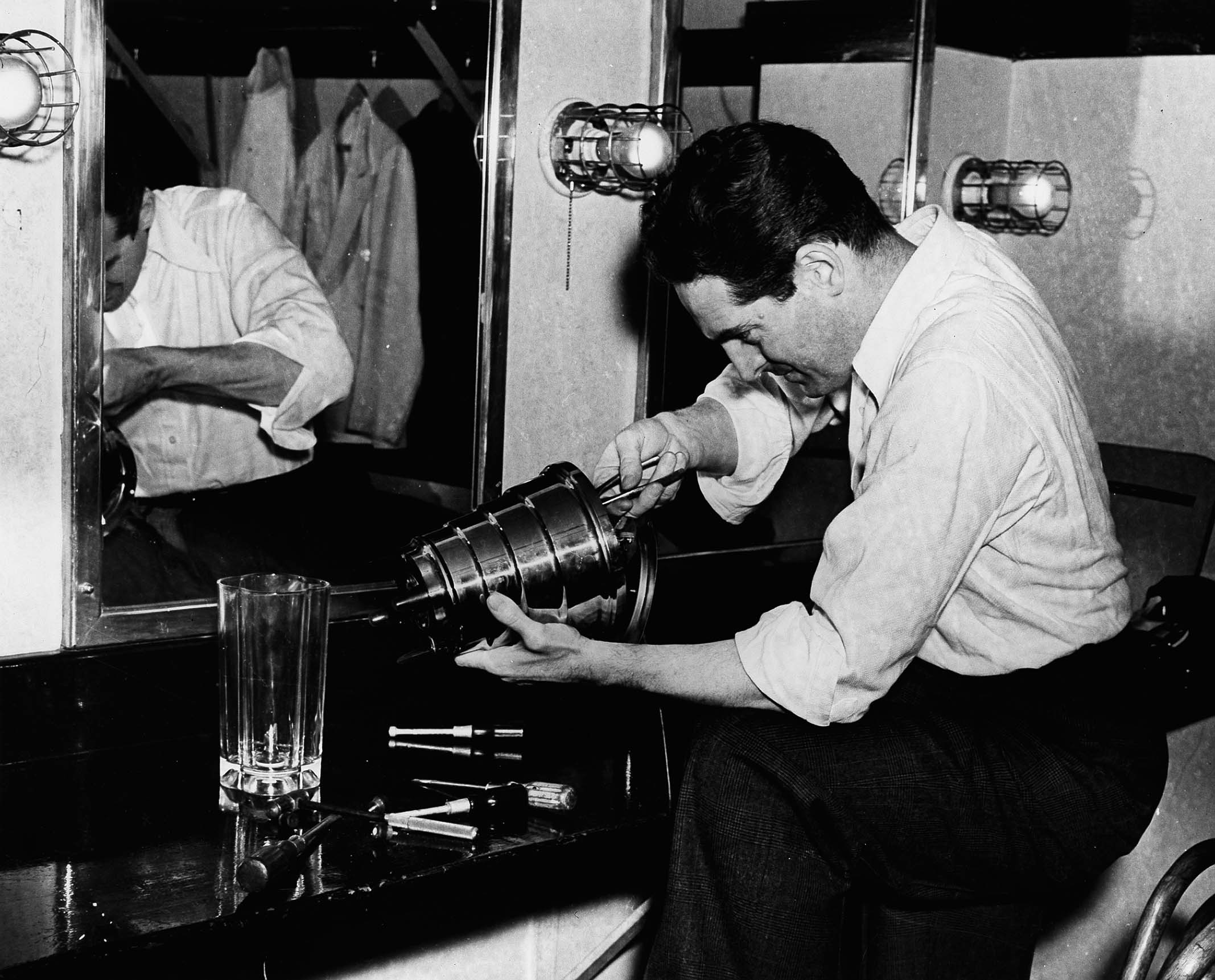


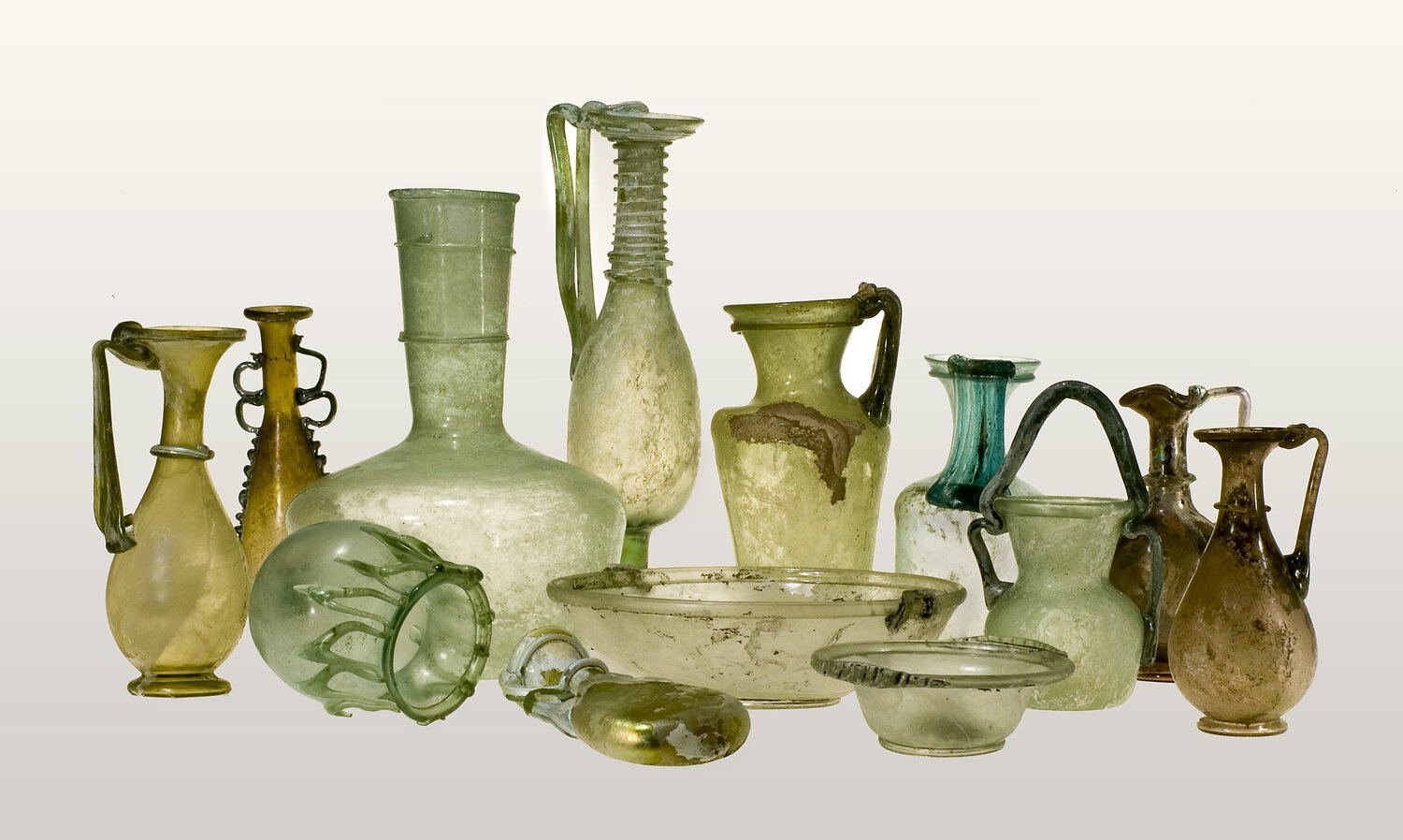

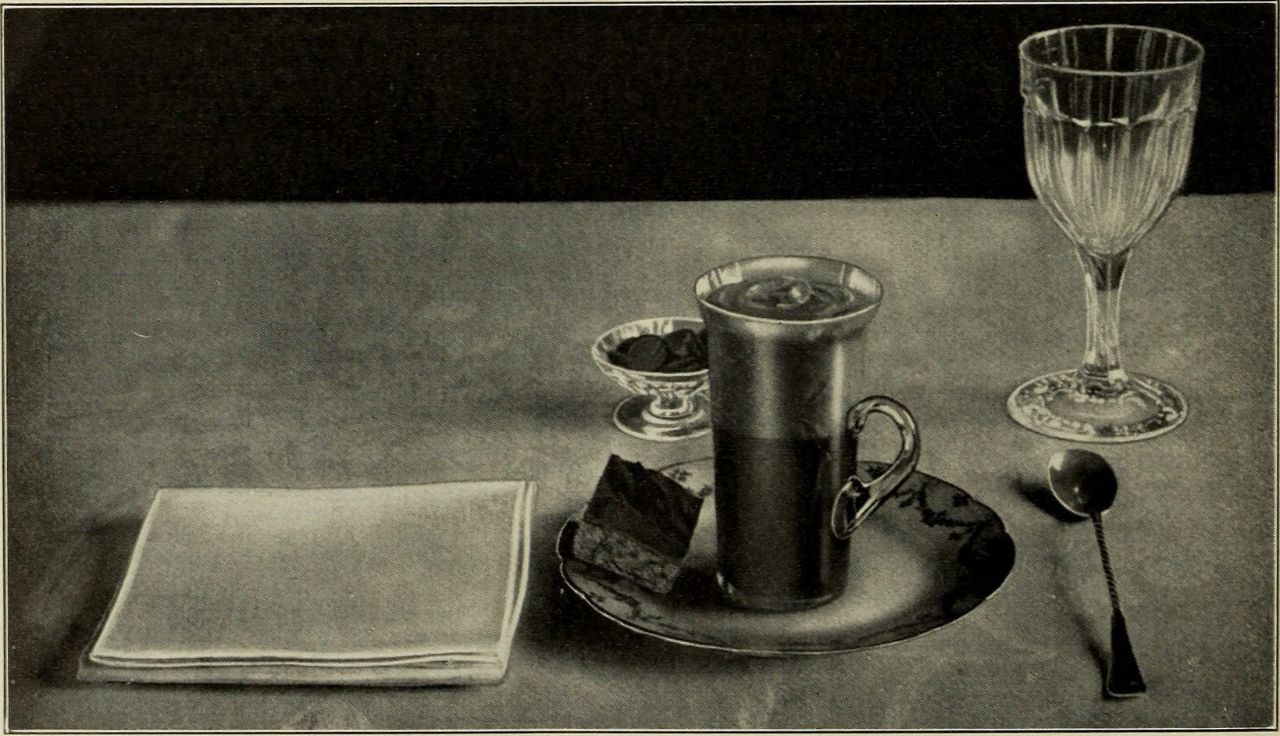

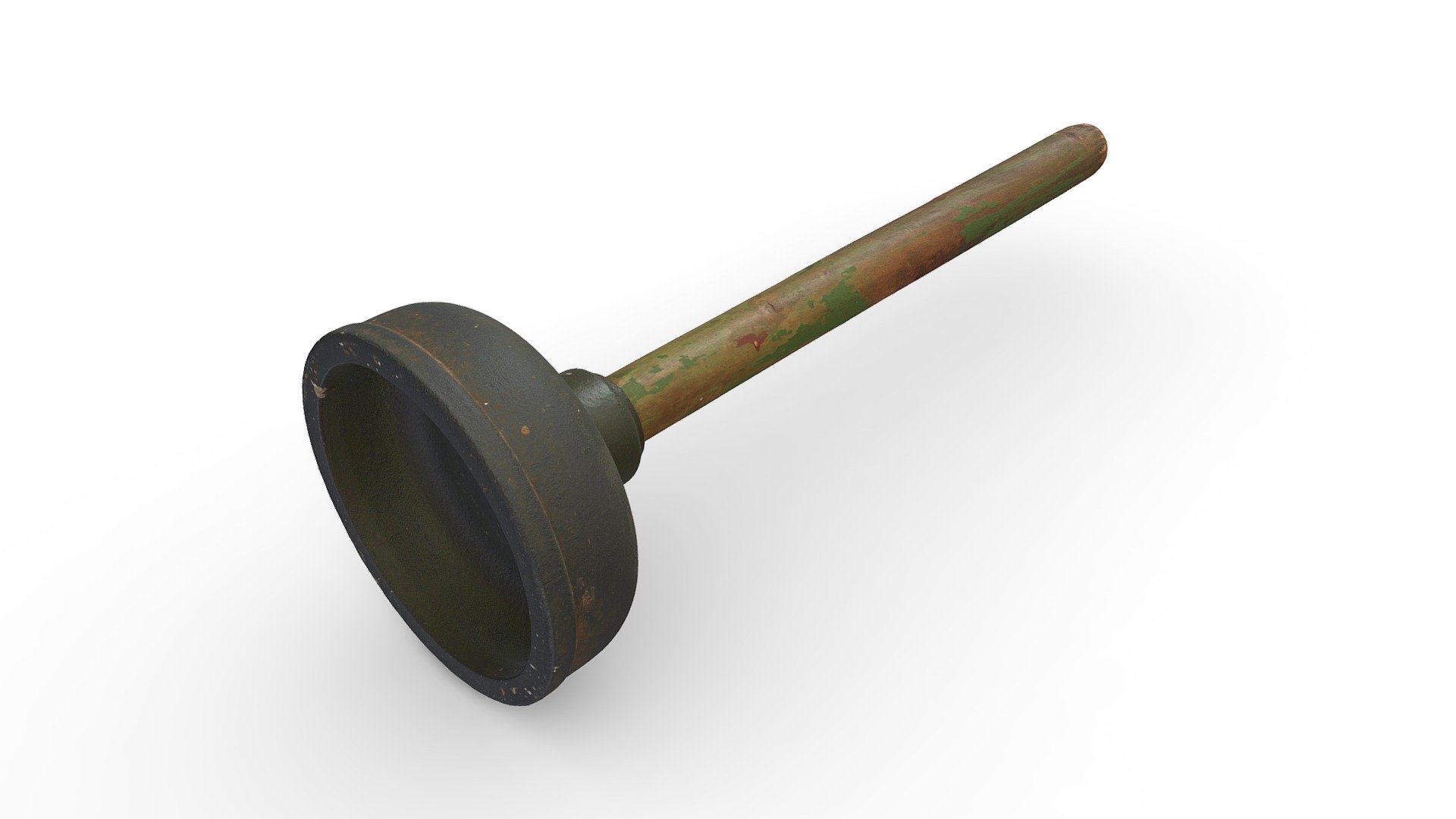

0 thoughts on “When Was The Door Lock Invented”